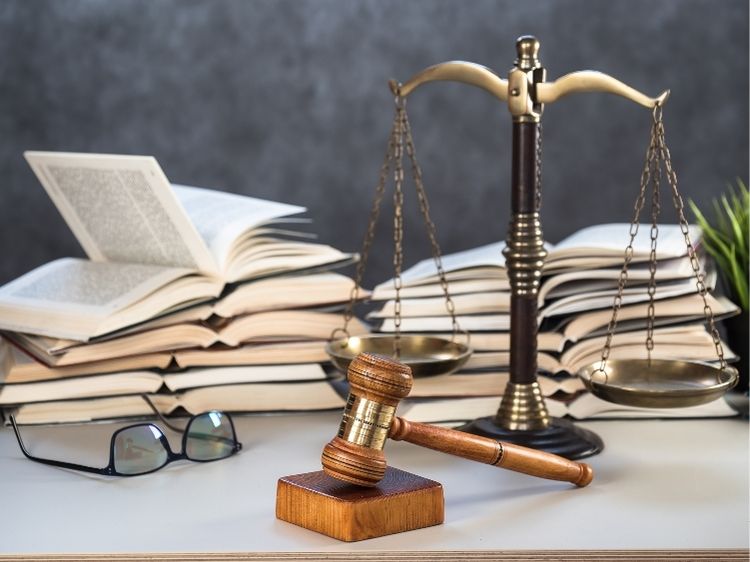Understanding Liability for Negligence: A Comprehensive Guide
Negligence is a term that often gets tossed around in legal discussions, but what does it really mean? More importantly, how does it impact you if you’re found liable for negligence? Whether you’re a business owner, a professional, or just an everyday individual, understanding liability for negligence is crucial. It can be the difference between winning or losing a lawsuit, protecting your assets, or facing severe financial consequences. But don’t worry, we’re here to break it all down for you in simple terms.
What is Negligence?
Negligence occurs when someone fails to exercise a reasonable level of care in a situation where they have a duty to do so, resulting in harm or damage to another party. The key word here is “reasonable.” In legal terms, negligence is not about deliberate harm but rather about carelessness or failure to act as a prudent person would.
For instance, if a store owner fails to put up a “Wet Floor” sign after mopping, and someone slips and gets injured, the store owner could be found liable for negligence. This concept is central to many personal injury cases and is the cornerstone of civil liability.
Elements of Negligence
To establish liability for negligence, the plaintiff (the person bringing the lawsuit) must prove four essential elements:
- Duty of Care: The defendant owed a duty of care to the plaintiff. This means the defendant was required to act (or not act) in a certain way toward the plaintiff.
- Breach of Duty: The defendant breached that duty by failing to act as a reasonable person would under similar circumstances.
- Causation: The defendant’s breach of duty directly caused the plaintiff’s injury or damage. This is often broken down into two sub-elements:
- Actual Cause (Cause in Fact): The plaintiff must show that their injury would not have occurred “but for” the defendant’s actions.
- Proximate Cause: The injury must be a foreseeable result of the defendant’s actions.
- Damages: The plaintiff suffered actual harm or injury as a result of the breach. Without damages, there is no basis for a negligence claim.
Common Examples of Negligence
Negligence can occur in various scenarios, and understanding some common examples can help clarify the concept:
- Medical Malpractice: A doctor fails to diagnose a treatable condition, leading to further harm to the patient.
- Car Accidents: A driver runs a red light and causes a collision.
- Slip and Fall: A property owner fails to fix a broken staircase, resulting in a visitor’s injury.
- Product Liability: A manufacturer releases a defective product that injures consumers.
In all these cases, the negligent party can be held liable for the damages caused.
Liability for Negligence in Different Sectors
Negligence isn’t confined to one sector; it can occur in various fields, each with its own nuances:
1. Healthcare
Healthcare professionals are held to a high standard of care due to the nature of their work. When a healthcare provider, such as a doctor or nurse, fails to meet this standard, and a patient is harmed as a result, it may constitute medical negligence or malpractice.
2. Business
In the business world, companies are responsible for ensuring their premises are safe for both employees and customers. Failing to do so can lead to premises liability claims, where businesses are held liable for injuries that occur on their property due to negligence.
3. Education
Schools and educational institutions have a duty of care to protect students from foreseeable harm. Negligence in this sector can involve anything from failing to supervise students adequately to neglecting to maintain safe facilities.
Defenses Against Negligence Claims
Being accused of negligence can be daunting, but there are defenses that can be raised:
- Contributory Negligence: If the plaintiff is found to be partly responsible for their own injuries, the defendant’s liability may be reduced or even eliminated in some jurisdictions.
- Comparative Negligence: This defense allocates the degree of fault between parties. Even if the defendant is partially at fault, the plaintiff’s compensation may be reduced by their percentage of fault.
- Assumption of Risk: If the plaintiff knowingly engaged in a risky activity, they might not be able to claim damages if they get injured.
FAQs About Liability for Negligence
- What is the difference between negligence and gross negligence?
- Gross negligence is more severe than ordinary negligence. It involves a blatant disregard for the safety or lives of others. For example, if a driver is speeding recklessly through a school zone, that’s gross negligence.
- Can I be sued for negligence even if no one was hurt?
- Generally, no. One of the key elements of a negligence claim is that the plaintiff suffered actual damages or injuries. Without damages, there’s usually no claim.
- How long do I have to file a negligence lawsuit?
- The statute of limitations varies by jurisdiction and the type of claim. It’s crucial to consult with a legal professional as soon as possible to ensure you don’t miss the deadline.
- What are punitive damages in a negligence case?
- Punitive damages are awarded in addition to actual damages when the defendant’s actions are deemed particularly egregious. They are intended to punish the defendant and deter similar behavior in the future.
Conclusion
Liability for negligence is a complex area of law that requires a clear understanding of various legal principles. Whether you’re a defendant looking to protect yourself or a plaintiff seeking compensation, knowing the ins and outs of negligence law is essential. Remember, negligence isn’t about intent but about failing to act responsibly. If you find yourself in a situation where negligence might be a factor, it’s crucial to consult with legal professionals to navigate the complexities of the law.

